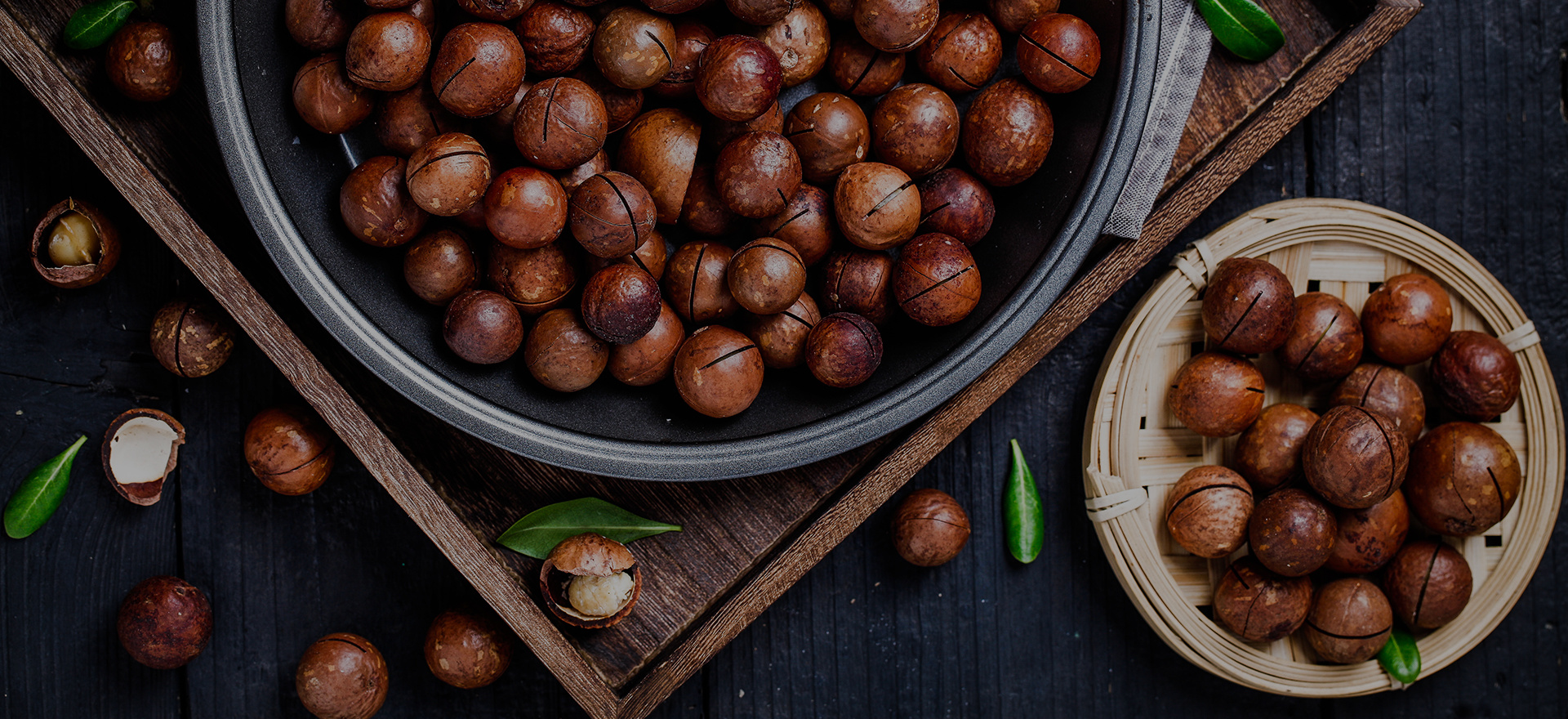Overview of November
release time:
2024-12-11
Trading picked up in November as buyers sought to secure stock for the December retail period and the Chinese New Year. International NIS trading remained thin as Chinese buyers were supplied by domestic production. Various sources report that China is well supplied for its New Year trading season while the immediate needs of European retailers have been met.
Average prices for some kernel styles continued to climb during November. Average prices for Style 0 in observed transactions climbed steeply from the end of October, continuing an upward trend seen since September. Average prices for Styles 1 and 1S in reported transactions cooled after climbing in early November, while Style 4L prices rose during the month. The month also saw renewed demand for Style 5, leading to higher prices.
Supply was affected by the Kenyan government’s ban on macadamia harvesting from November 2024 to March 2025. The ban was instituted to prevent producers from marketing immature nuts in the upcoming season. This practice was widespread during 2024 as farmers rushed to sell NIS to Chinese brokers at improved prices, resulting in a drop in quality and volume this year. The harvesting ban was subsequently successfully challenged in court by producers when a high court judge suspended the government’s action. Supply uncertainties persist as the Kenyan government continues to try to balance improving farm-gate prices with processor competitiveness and Kenya’s reputation as a source of quality macadamias.
Should Kenyan kernel and NIS exports be delayed to April next year, buyers may continue to face global shortages in the first half of 2025. Surplus stocks from 2022 and 2023 were quickly depleted during this year under renewed demand at low prices. South Africa and Australia’s harvests will only reach the market in the second and third quarters of the year, leaving a first-quarter supply gap if Kenyan harvests are delayed.
Source:Internet
related news


